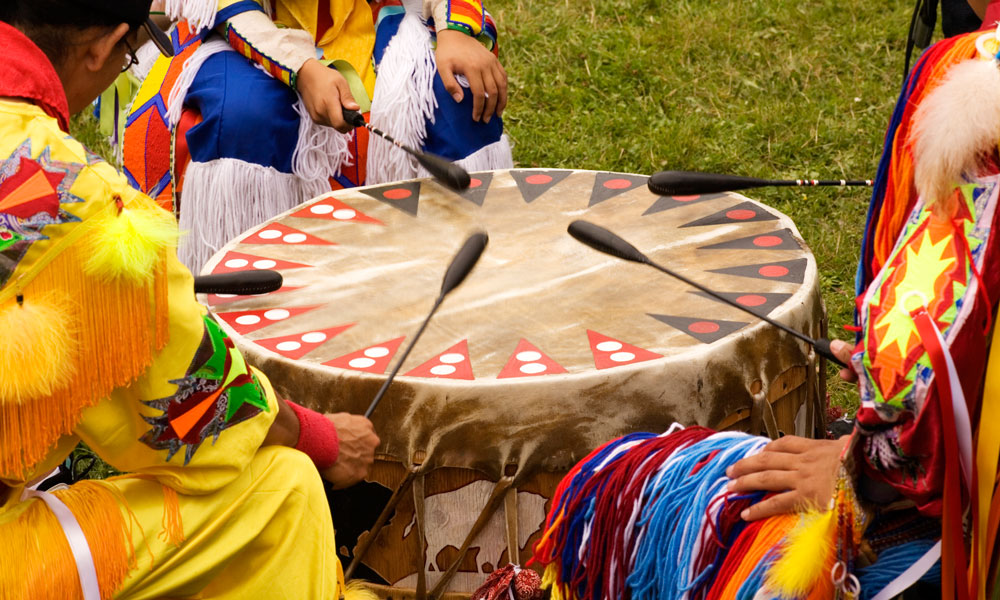
Associations Build Momentum Around Native American Tourism
With the recent passage of a bill in the Senate, native populations in the continental U.S., Alaska, and Hawaii could get extra marketing help for their tourism efforts—an area where at least one industry group has been focusing much of its attention.
Someday soon tourism in the United States could do a better job of illustrating all of the country’s history.
Earlier this week, the Senate passed the Native American Tourism and Improving Visitor Experience (NATIVE) Act, which would encourage the federal government to better integrate tourism opportunities from native populations, including those offered by Native Hawaiians, Alaska Natives, and American Indians. A corresponding bill in the House, which has yet to pass, was introduced last year.
The Senate bill’s unanimous passage, driven by a wide array of legislative sponsors, was supported by the U.S. Travel Association, which noted the potential ripple effects the law could have on local economies.
“The NATIVE Act expands opportunities to promote tourism to these lands,” U.S. Travel President and CEO Roger Dow said, according to Big Island Now. “International travelers to Indian country often have a greater impact on the local economy than other visitors—staying longer, visiting more states and regions, and spending more on travel service—and the NATIVE Act will harness that effect for these communities.”
The bill could have a wide effect on native tourism. With 5.2 million American Indians and Native Alaskans [PDF] representing 567 federally recognized and 60 state-recognized tribes, the Native American population represents 2 percent of the total U.S. population. Additional marketing and promotion could help native populations attract additional revenue from tourism—a sector that drew $1.6 trillion in economic output in 2014, according to the U.S. International Trade Administration [PDF].
But beyond the Senate bill’s passage, native tourism groups have been taking big steps to drive interest in travel and tourism opportunities involving native populations. Last fall, for example, the American Indian Alaska Native Tourism Association (AIANTA) announced the launch of a new website, NativeAmerica.travel, designed to highlight and introduce such offerings to tourists. The group, which represents native tribes, tribal businesses, and entrepreneurs, sees a lot of potential in the new website.
Camille Ferguson, AIANTA’s executive director, noted that the group was making the website open to both federally and state-recognized tribes, as well as Native Hawaiians who would like their tourism offerings highlighted on the website.
“Promoting Native America as a whole to travel consumers gives us the unique opportunity to share the multitude of destinations and diversity within American Indian, Alaska Native, and Native Hawaiian cultures,” Ferguson said in a news release last fall. “This website is an exciting step in educating the world that there are unparalleled travel experiences to be had through the varied and vibrant communities that make up Indian Country.”
(iStock/Thinkstock)






Comments